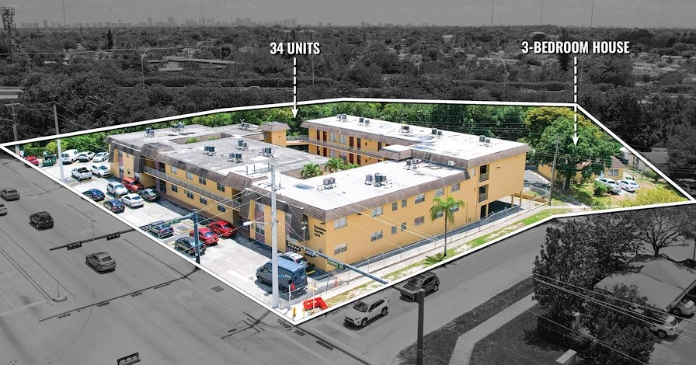The vestige I want to specifically address is risk assessment and underwriting of lease agreements in the multifamily industry, or more simply, the process for approving a renter for an apartment.
You see, unlike many other industries that have embraced financial technology and the modern big data era—car insurance (Metromile) or online lending (Prosper)— the multifamily industry has lagged.
Sure, some of the fastest-growing and forward-thinking managers are employing risk screening systems with adaptive risk measurement, but for the most part, a renter applicant’s creditworthiness is based largely on one signal: their credit score.
For the most part, the credit score has done the trick allowing managers to easily bucket applicants and approve or decline their lease. Yet, there remains an ever-so-nebulous albeit fast-growing segment called “approved with conditions” (up to 30 percent of all applicants) where the scariest of business practices rears its ugly head: the cosigner.
If an applicant has less than ideal credit or no credit history (think: students and foreigners) the only remedy is a cosigner or guarantor. The same goes for those with decent credit but non-W2 wages (think: self-employed professionals and sharing economy workers).
It should be no surprise when I say this: everyone hates the cosigner solution. All three sides. The renter doesn’t want to ask a cosigner, no one wants to be asked, and the property manager doesn’t want to chase down another person for unpaid rent. The cosigner is an archaic financial relic that should only be visible through the Wayback Machine.
Alas the industry is evolving, but seemingly away from the hominid branch.
Now, many managers are forgoing the cosigner in lieu of a new financial malfeasant called: the security deposit. Security deposits are simply a weak form of self-insurance, offering a very thin shield of financial protection against losses incurred as the result of default, especially if the renter is unwilling to vacate. Even just a few months of lost rent can destroy net operating yields. Ask property owners how that plays out in their cash flow.
There is a new business model on the horizon that changes everything. No more cosigners. No more security deposits. No more anxiety. Property managers simply refer conditional applicants to a third-party insurer and they’re generally approved using a new proprietary risk underwriting model. The prospect then pays one reasonable upfront fee which goes toward insuring the owner against the full value of the lease.
Renter stops paying? Owners or operators file an online claim and the company mails them the equivalency of the rent check each month until the lease expires or the unit is re-leased. Instant, anxiety-free approval for renters and total financial protection for property managers.
The multifamily industry has already weighed in with its thoughts, LeaseLock, the fledging start-up bringing the innovation online has already signed on a number of NMHC’s top 50 REITs and over 600,000 units to its portfolio.
Vision of a better operational future is within reach of multifamily business.
Author: Derek Merrill, COO of LeaseLock















